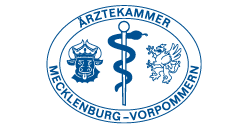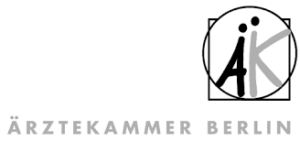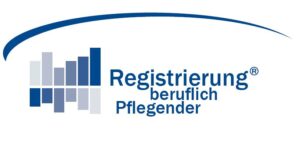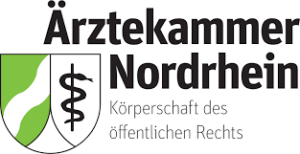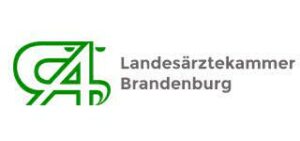TOXINS 2015: BOTULINUM TOXIN WORLD CONGRESS IN LISBON

Basic Science and Clinical Aspects of Botulinum and other Toxins, Toxins 2015, World Congress of Botulinum Toxin in Lisbon: About 800 participants from all continents, the latest research results of clinical and pre-clinical research.
We spoke to Professor Dirk Dressler, one of the founding directors of the International Association Neurotoxin, which has organized this congress.
IAB: Professor Dressler, you are one of the organizers of Toxins 2015. What makes this conference so unique?
DD: The toxin meetings are the congress for all who deal with botulinum toxin. These are the different clinical users in neurology, rehabilitation, in paediatrics, urology, ENT, dermatology and pain management. But these are also all the pre-clinical researchers in food safety, biodefense, and molecular biology. The aim of the toxin meetings is to organize an exchange between the two groups. In this way the toxin meeting are unique worldwide.
IAB: A brief comment: What were the most significant developments in clinical sciences?
DD: In urology, the number of indications has expanded again. In the treatment of pain, the efficacy of botulinum toxin in the treatment of migraine has been confirmed in further studies. The aesthetic use of botulinum toxin is stabilised at a high level.
IAB: And in neurology?
DD: In neurology the new treatment algorithms we developed during the last years prevailed. As part of our research and development program, we showed that there is a need for more flexible treatment intervals as in a substantial number of patients, the effect of botulinum toxin is significantly shorter than the still applied rigid 3-month treatment interval. Amazing for us: during all the years in which botulinum toxin therapy is practiced, no one has taken the patient’s view. Also, we demonstrated that much higher botulinum toxin doses may be employed without any risk of systemic toxicity and without an antibody risk. This allows us to offer botulinum toxin therapy to many more patients before invasive treatment such as deep brain stimulation has to be be considered. So far, these data are for now available only for the use of low-antigenic botulinum toxin drugs of the second generation.
IAB: What comes next?
DD: Currently, we are collecting data showing that with low-antigenic botulinum toxin drugs injections can be performed at short intervals without provoking antibody problems. Our data show that shortened treatment intervals can now be incorporated in routine treatment.
IAB: Were there also lectures on ultrasound- or electromyography-guided botulinum toxin application?
DD: Yes, this topic was discussed again, though without new aspects. As before, the proof that the treatment results can indeed be improved through the use of these methods is missing. Even the writer’s cramp, in which the use of these methods is generally recommended, supporting evidence is lacking.
IAB: What is your resumee of congress?
DD: It gives me great satisfaction that the main impetus in the clinical and preclinical botulinum toxin research comes from Europe. In particular, Germany has once again been one of the strongest players. Unfortunately, this was reflected by the selection of speakers mainly coming from the US.
IAB: How Hannover presents itself?
DD: Hannover is the world’s most active botulinum toxin cluster. In addition to the excellent preclinical experts from the MHH Institutes for Physiological Chemistry and Toxicology and the company Toxogen we could further consolidate our position as one of the world’s largest botulinum users. With over 10 presentations we were the most active academic institution of the congress. This is a great success. But it is also a major challenge to defend this top position.
IAB: What was your personal highlight?
DD: For me personally the appearance of Alan B Scott was the highlight of the congress. Dr Scott is the inventor of botulinum toxin therapy. The congress wanted to honour his tremendous contributions. We are all so deeply indebted to him. Without his pioneering idea botulinum would still be seen only as a food poison or as a biodefense compound. His contribution to medical history is so much more important as he really persued his ingenious ideas totally as a lone warrior. With this he is a wonderful example for all young scientists showing that a brilliant intellect and a vision can really change the world.
International Neurotoxin Association (INA)
Foundation: 2011
Non for Profit Organization
Objectives: organization of toxin-congresses promoting research on botulinum neurotoxins and other
Location: New York City, NY, USA
Homepage: www.neurotoxins.org/
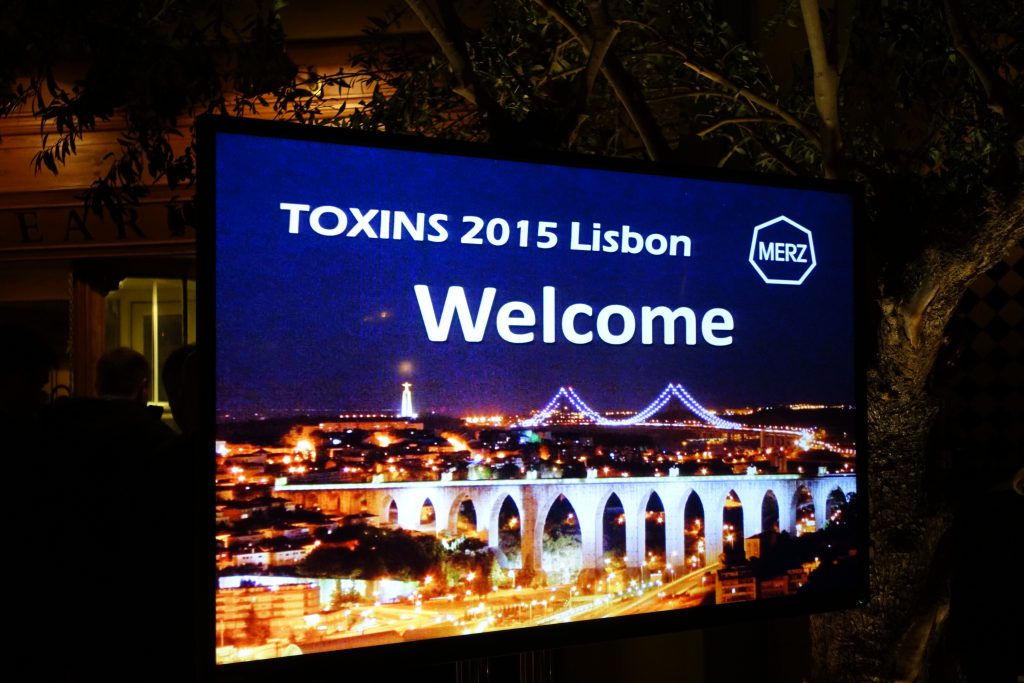
Unsere Zertifizierer
